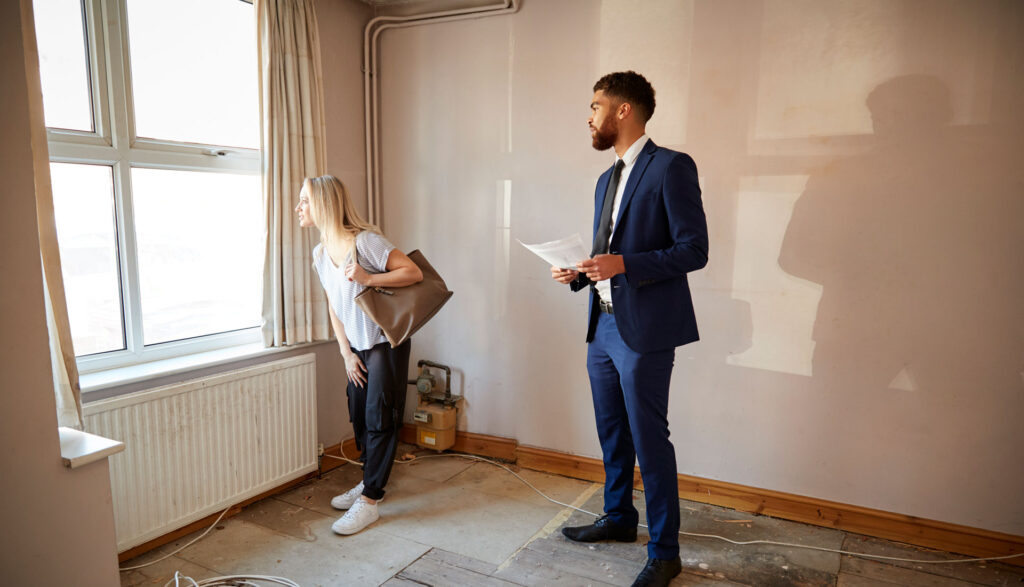How to Carry Out a Damp Survey – Essential Information from Professionals
You might be planning to buy a property in London, or you simply want to find out if damp is present in your home, whatever the reason, if you want to check a property for damp issues, we offer essential information in this short article.
Equipment that you will need
To effectively inspect your London home for damp and mould, you will need the following:
- Moisture meter – This device measures the moisture content in building materials and there are two types, namely pinned and pinless. The pinned variety allows you to measure moisture content in building materials such as timber and plaster; they can be sourced and purchased online.
- Humidity tester – A device that measures the amount of humidity in the air; a hygrometer is an important piece of kit that every damp surveyor would own.
- Flashlight – Necessary to illuminate dark corners, places where mould is likely to grow. Make sure you check every square inch of the loft, as damp can cause serious damage to roof timbers.
- Screwdriver – Used to scrape and prod exterior materials, looking for signs of damaged brickwork, masonry and timber.
- Ladders – An important aspect of inspecting a building is checking the roof, especially cleaning out the guttering; if the guttering becomes blocked, excess rainwater seeps down exterior walls, which can cause penetrating damp.
- Peephole camera – Also known as a borescope camera, this device allows you to get a close-up view of hard-to-reach places. Under floorboards, staircases and inside cupboards should be inspected carefully.
Damp inspection techniques
Perhaps the best place to start is the roof, as this can be a source of moisture penetration; all it takes in a few missing roof tiles and a heavy storm to cause serious damage to a roof interior, which is largely made from timber. Exterior walls also need to be inspected thoroughly, looking for signs of damp damage, especially at ground level, where rising damp can occur.
Interior damp inspection
One sure sign that moisture is damaging your home is damp patches on walls and ceilings, tide marks, peeling wallpaper and bubbling paint are all signs that damp is present. If window condensation is normal, the air is very humid, something that encourages mould and mildew; ventilation removes condensation, so opening windows at specific locations makes a good airflow and that dries out the air. Be aware of an earthy smell in the house, which is an indication of damp and mould; this is the right time to contact us at London Damp Specialists; we have been providing damp proofing in London for many years, a family-owned business with a fantastic reputation in the industry.
Independent damp survey
Rather than doing all of the above, you can London Damp Specialists on 020 7458 4864 or fill in the online form and we can arrange for one of our certified damp surveyors to inspect your home. You can get a professional report on the status of your home and if we recommend remedial work, we quote a competitive price.
It makes total sense to be proactive when it comes to moisture and rising damp, protect your valuable asset with top quality damp proofing solutions.
